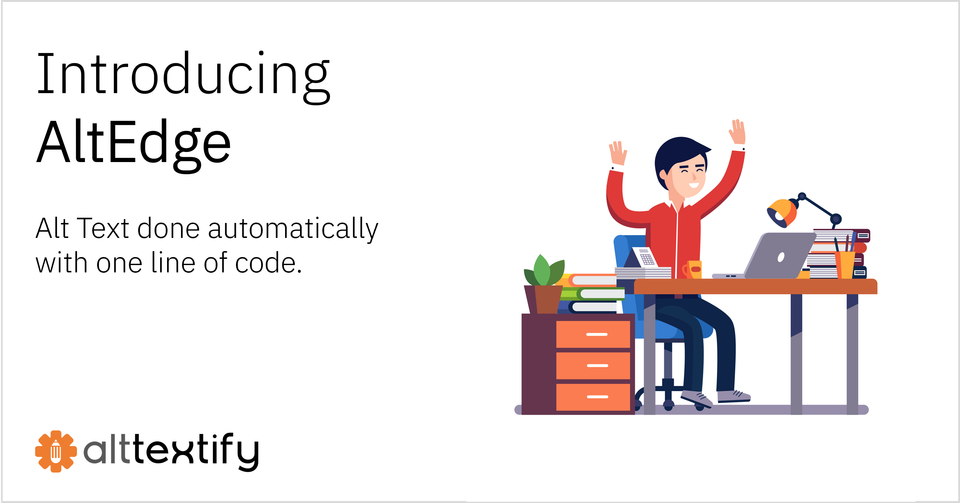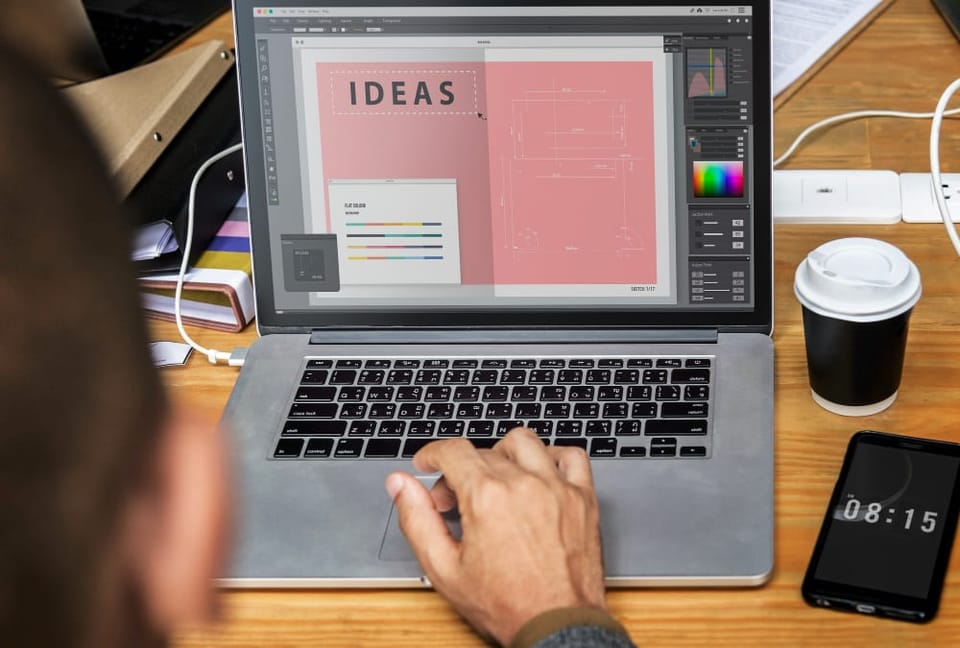The Ultimate Image SEO Best Practices in 2025 (With Tools & Real Stats)
Image SEO is more crucial than ever in 2025. From WebP formats and compression tools to structured data and ADA compliant alt text with AltTextify, this guide shows how to boost rankings, improve site speed, and make content accessible, all backed with real stats and tools.

Introduction
You know that old saying — a picture is worth a thousand words? Well in 2025, a picture might be worth a few thousand clicks too. Search engines are smarter, users are more visual, and if your images aren’t optimized, you’re leaving traffic (and conversions) on the table. According to BrightEdge, 53% of all website traffic comes from organic search, and a good chunk of that flows through images. Yet, SE Ranking found that 36% of websites still upload oversized images that slow down their sites. Not great huh?
This post dives into the best practices for Image SEO in 2025 — with real stats, actionable steps, and tools like AltTextify that make life a lot easier.
Why Image SEO Matters More Than Ever
- Visual Search Growth: Google Lens alone is handling over 12 billion searches per month (Google I/O 2023). Pinterest Lens and Bing Visual Search are also climbing. If your images aren’t optimized, you’re invisible here.
- Mobile-First Indexing: Since Google’s mobile-first indexing is default, image-heavy pages have to load fast and be responsive.
- Accessibility: Over 1.3 billion people live with some form of disability (WHO), and alt text is one of the simplest ways to make the web inclusive.
- The Data: FeedTheBot shows 80% of websites miss proper alt text, while WebAIM found 18.5% of images lack alt attributes and 13.4% have bad or repetitive descriptions. Yikes.
Core Image SEO Best Practices
1. Use Relevant, High-Quality Images
Nobody wants another generic stock photo of a person in a suit shaking hands. Use original images when you can, or at least pick contextual visuals. Google rewards relevance (Search Engine Journal).
2. Pick the Right File Formats
In 2025, the winners are WebP and AVIF. They’re lighter and faster than PNG/JPEG. In fact, tests show AVIF files can be ~50% smaller than JPEG with similar quality (Cloudinary).
3. Compress Without Killing Quality
Uploading a 4MB photo straight from your iPhone? Please don’t. Tools like TinyPNG, Squoosh, or ImageOptim shrink file sizes without sacrificing clarity.
4. Responsive Images & Lazy Loading
Use srcset and sizes so browsers pick the right image size for the screen (MDN Docs). And enable lazy loading (loading="lazy") to defer offscreen images (Google Developers).
5. Use Descriptive File Names
seo-checklist-2025.png is better than IMG12345.png. Descriptive file names help search engines understand content (Ahrefs).
6. Add SEO-Friendly Alt Text (Use AltTextify)
Alt text is a big one. It’s not just for accessibility — it’s also a ranking signal. The issue? Writing it manually is boring and time consuming. That’s why tools like AltTextify exist. They auto-generate descriptive, contextual, SEO-friendly alt text for every image on your site. No more “alt=‘image123.jpg’ nonsense.”
👉 Example:
- Bad:
alt="screenshot" - Good:
alt="Screenshot of SEO checklist blog post optimization steps"
7. Add Structured Data for Images
Schema helps images appear in rich results. Use ImageObject markup (Google Developers) to give search engines context.
8. Don’t Forget Captions
People actually read captions. The Poynter Institute found captions are read 3x more than body text. Add meaningful ones where relevant.
Advanced Image SEO in 2025
Content Delivery & CDNs
Use CDNs like Cloudflare or Cloudinary to serve images fast across the globe.
AI Features
AI tools are making image SEO easier: auto-tagging, smart cropping, and of course automated alt text with AltTextify.
Optimizing for Visual Search
With Google Lens usage exploding, images should be clear, contextually relevant, and supported with metadata (Search Engine Land).
Tools for Image SEO in 2025
- AltTextify → Generate ADA-compliant alt text automatically.
- TinyPNG → Compress PNG/JPEG.
- Squoosh → Free web-based compression.
- Cloudinary → Optimize and deliver images.
- Ahrefs / SEMrush → Track traffic & rankings.
- Google PageSpeed Insights → Test impact of images on speed.
Common Mistakes to Avoid
- Uploading giant, uncompressed files.
- Using filenames like
image1.pnginstead of descriptive names. - Stuffing alt text with keywords.
- Skipping structured data.
- Forgetting ADA & accessibility compliance (W3C WCAG Guidelines).
Conclusion
Image SEO isn’t rocket science, but it’s often ignored. From choosing the right file format and compression tools to writing good alt text (or letting AltTextify do it for you), these steps make your site faster, more accessible, and better ranked.
If you do just one thing today? Fix your alt text. Your SEO — and your users — will thank you.




